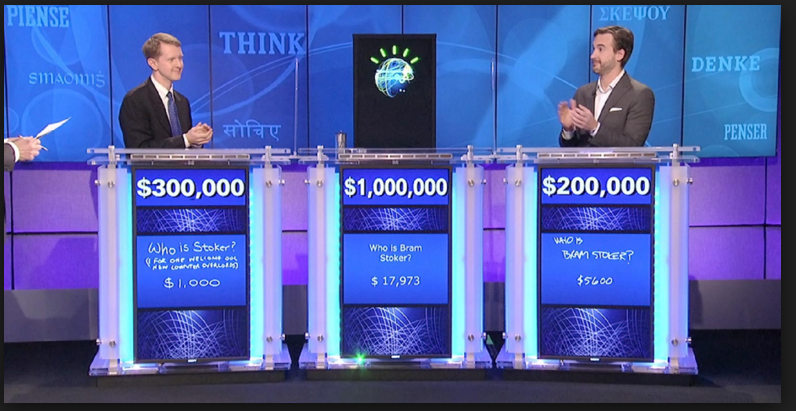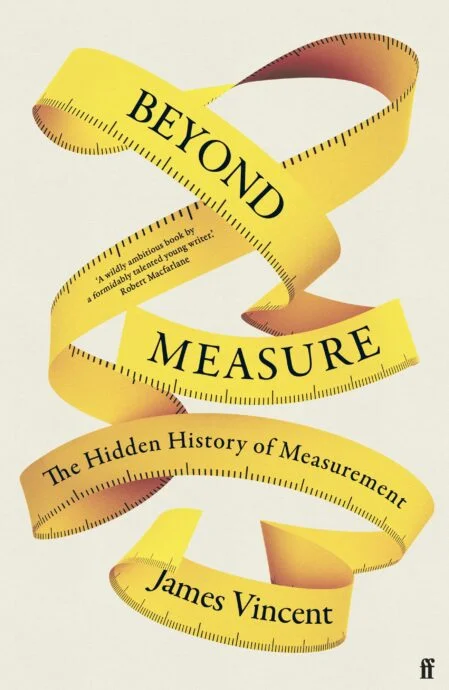It was toward the end of Craig Wright’s cross-examination on Wednesday when, for the first time in many days, he was lost for words. Wright is in court because the non-profit Crypto Open Patent Alliance seeks a ruling that he is not, as he claims, bitcoin inventor Satoshi Nakomoto, who was last unambiguously heard from in 2011.
Over the preceding days, Wright had repeatedly insisted “I am the real Satoshi” and disputed forensic analysis – anachronistic fonts, metadata, time stamps – pronouncing his proffered proofs forgeries.. He was consistently truculent, verbose, and dismissive of everyone’s expertise but his own and of everyone’s degrees except the ones he holds. For example: “Meiklejohn has not studied cryptography in any depth,” he said of Sarah Meiklejohn, the now-professor who as a student in 2013 showed that bitcoin transactions are traceable. In a favorite moment, Jonathan Hough, KC, who did most of the cross-examination, interrupted a diatribe about the failings of the press with, “Moving on from your expertise on journalism, Dr Wright…”
Participants in a drinking game based on his saying “That is not correct” would be dead of alcohol poisoning. In between, he insisted several times that he never wanted to be outed as Satoshi, and wishes that everyone would “leave me alone and let me invent”. Any money he is awarded in court he will give to charities ; he wants nothing for himself.
But at the moment we began with he was visibly stumped. The question, regarding a variable on a Github page: “Do you know what unsigned means?”
Wright: “Basically, an unsigned variable…it’s not an integer with…it’s larger. I’m not sure how to say it.”
Lawyer: “Try.”
Wright: “How I’d describe it, I’m not quite sure. I’m not good with trying to do things like this.” He could explain it easily in writing… (Transcription by Norbert on exTwitter.)
The lawyer explained it thusly: an unsigned variable cannot be a negative number.
“I understand that, but would I have thought of saying it in such a simple way? No.”
Experience as a journalist teaches you that the better you understand something the more simply and easily you can explain it. Wright’s inability to answer blew the inadequately bolted door plug out of his world’s expert persona. Everything until then could be contested: the stomped hard drive, the emails he wrote, or didn’t write, or wrote only one sentence of, the allegations that he had doctored old documents to make it look like he had been thinking about bitcoin before the publication of Satoshi’s foundational 2008 paper. But there’s no disguising lack of basic knowledge. “Should have been easy,” says a security professor (tenured, chaired) friend.
Normally, cryptography removes ambiguity. This is especially true of public key cryptography and its complementary pair of public and private keys. Being able to decrypt something with a well-attested public key is clear proof that it was encrypted with the complementary private key. Contrariwise, if a specific private key decrypts it, you know that key’s owner is the intended recipient. In both cases, as a bonus, you get proof that the text has not been altered since its encryption. It *ought* to be simple for Wright to support his claim by using Satoshi’s private keys. If he can’t do that, he must present a reason and rely on weaker alternatives.
Courts of law, on the other hand, operate on the balance of probabilities. They don’t remove ambiguity; they study it. Wright’s case is therefore a cultural clash, with far-reaching consequences. COPA is complaining that Wright’s repeated intellectual property lawsuits against developers working on bitcoin projects are expensive in both money and time. Soon after the unsigned variable exchange, the lawyer asked Wright what he will do if the court rules against him. “Move on to patents,” Wright said. He claims thousands of patents relating to bitcoin and the blockchain, and a brief glance at Google Patents shows many filings, some granted.
However this case comes out, therefore, it seems likely Wright will continue to try to control bitcoin. Wright insists that bitcoin isn’t meant to be “digital gold”, but that its true purpose is to facilitate micropayments. I haven’t “studied bitcoin in any depth” (as he might say), but as far as I can tell it’s far too slow, too resource-intensive, and too volatile to be used that way. COPA argues, I think correctly, that it’s the opposite of the world enshrined in Satoshi’s original paper; its whole point was to use cryptography to create the blockchain as a publicly attested, open, shared database that could eliminate central authorities such as banks.
In the Agatha Christie version of this tale, most likely Wright would be an imposter, an early hanger-on who took advantage of the gap formed by Satoshi’s disappearance and the deaths of other significant candidates. Dorothy Sayers would have Lord Peter Wimsey display unexpected mathematical brilliance to improve on Satoshi’s work, find him, and persuade him to turn over his keys and documents to king and country. Sir Arthur Conan Doyle would have both Moriarty and Sherlock Holmes on the trail. Holmes would get there first and send him into protection to ensure Morarty couldn’t take criminal advantage. And then the whole thing would be hushed up in the public interest.
The case continues.
Illustrations: The cryptographic code from “The Dancing Men”, by Sir Arthur Conan Doyle (via Wikimedia).
Wendy M. Grossman is the 2013 winner of the Enigma Award. Her Web site has an extensive archive of her books, articles, and music, and an archive of earlier columns in this series. She is a contributing editor for the Plutopia News Network podcast. Follow on Mastodon.


